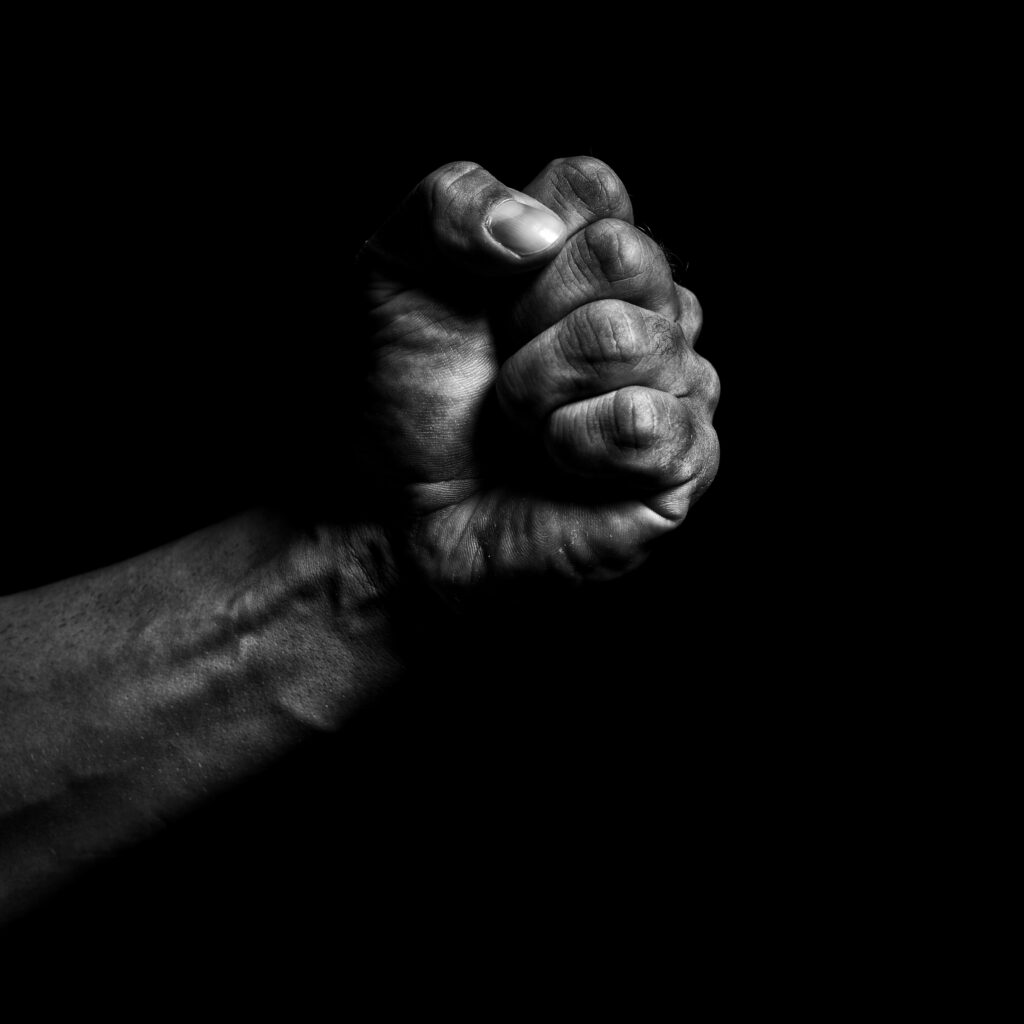There are times when rage is actually an appropriate emotion to the events that we find ourselves in.
We tend to have such an unhealthy attitude towards our anger and rage as a people, both our own and others. And yet, there are times when rage is actually an appropriate emotion to the events that we find ourselves in. The trial for George Floyd is happening as I write this, and I can’t help but remember the sense of rage we all felt last May as his last words, “I can’t breathe”, incensed a nation, and in fact many around the world. Close to a year later, his trial is a stark reminder that there are appropriate times for this, terrifying and mystifying emotion called rage.
And let’s face it, our culture of niceness is not equipped to contain this powerful emotion, and so we have no where to place it, no real practices of how to transform it and move through it. Whether we are looking at the truth of how the Indian Act has affected and continues to affect the lives of Indigenous peoples in Canada in this barbaric history, or whether its listening to the powerful testimony of the first aid responder desperate to help George Floyd as a knee was place on his neck for over nine minutes, we just don’t have the capacity or container to hold the barbaric nature of what we are capable of as a species.
For us who are white-skinned in the world, this is an emotion that we are able to briefly feel, and then put up on a shelf and not worry about – or even think about – until it comes up again, like say in the case of a trial. And yet, each time it rises up within us, we breathe in and come up short, trapping it in our bodies. Rage is such a powerful emotion that it has its effects on our bodies whether we like it or not. We breathe it into our bodies and come up short, it gets stuck there. Why? Because in our culture of niceness we just don’t know what to do with our rage.
And it is our breath that is the key to help us move through and transform this experience of rage, to help us build a container for this rage that we all feel. The first thing we can do to transform rage is to begin to notice what happens to our bodies when we feel it. Start small by noticing what happens when you find yourselves in situations where you interact with people of colour. Notice what happens in your body, where does your breath stop. Notice if you brace yourself for the interaction, tighten up, are on edge. This is one of the first steps towards building a culture and community to express our rage, to feel it.
Secondly, learn about the truth about history and how it impacts the people living under oppressive systems. This is why we have book discussion groups on books like 21 Things You May Not Know about the Indian Act by Bob Joseph.
This is why we have an upcoming book discussion group on the book, So You Want to Talk About Race by Ijeoma Oluo.
This is why we stand on the street each Saturdays from 1-2 holding our racial justice signs.
Each time we do so, we move forward that much more in creating a community that is able to contain and hold our collective rage so that it can be transformed in a caring community that supports each other as we strive for a just and fair world.

